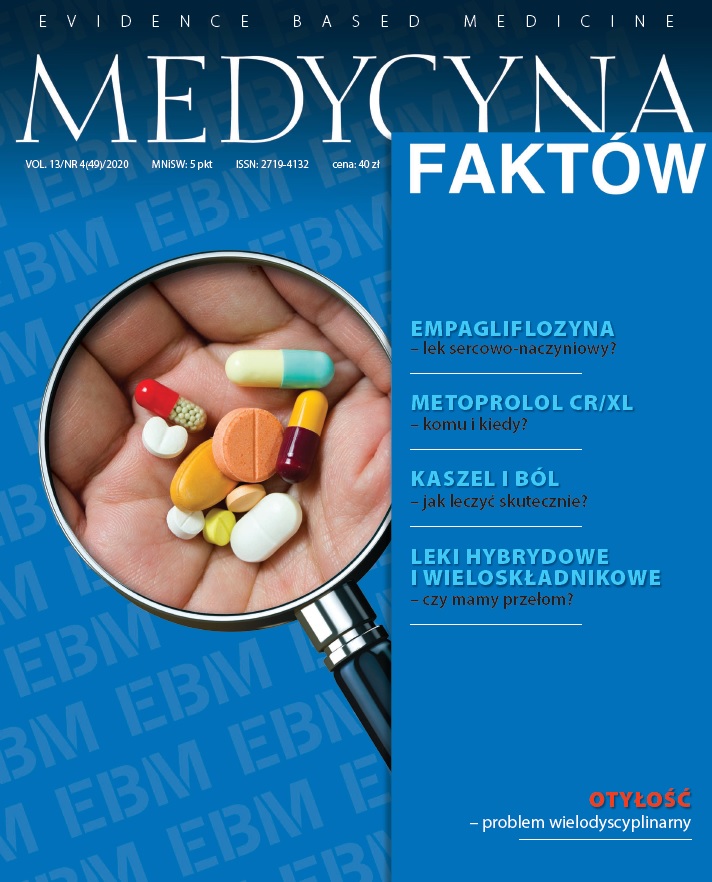Helicobacter pylori – a still ongoing problem Review article
Main Article Content
Abstract
The diagnosis and treatment of Helicobacter pylori infection are up-to-date, which is due to the frequency of human infections and the consequences of the chronic once, in most cases Helicobacter pylori infection is asymptomatic. If there are symptoms, the most common are dyspeptic complaints. In some patients Helicobacter pylori causes severe disease, mainly in stomach. This pathogen has been recognized as the main cause of the peptic ulcer, gastric cancer and MALT lymphoma. It is also known to play an important role in some other disease such essential thrombocytopenia, some types of deficiency anemia. This article discusses the current on the epidemiology of Helicobacter pylori infection, its consequences, diagnosis, treatment and the prevention of infection, information on changes in flora of digestive tract that can occur during the eradication of this bacterium, is also presented.
Article Details
Copyright © by Medical Education. All rights reserved.
References
2. Malfertheiner P, Megraud F, O’Morain CA et al. Management of Helicobacter pylori infection – the Maastricht V/Florence Consensus Report. Gut. 2017; 66: 6-30.
3. Sugano K, Tack J, Kuipers EJ et al. Kioto global consensus report on Helicobacter pylori gastritis. http://doi.org/10.1136/gutjnl,2015-309252.
4. Bartnik W, Celińska-Cedro D, Dzieniszewski J. Wytyczne Polskiego Towarzystwa Gastroenterologii dotyczące diagnostyki i leczenia zakażenia Helicobacter pylori. Gastroenterol Klin. 2014; 6: 41-9.
5. Fallone CA, Chiba N, Veldhuyzen van Zanten S et al. The Toronto Consensus for the treatment of Helicobacter pylori infection in adults. Gastroenterology. 2016; 151(1): 51-69.e14. https://doi.org/10.1053/j.gastro.2016.04.006.
6. Georgopoulos S, Michopoulos S, Rokkas T et al. Hellenic consensus on Helicobacter pylori infection. Ann Gastroenterol. 2020; 33: 105-24.
7. Dąbrowski A. Zakażenie Helicobacter pylori i dyspepsja. Med Prakt. 2020; 2: 112-8.
8. Sostres C, Carrera-Lasfuentes P, Benito R et al. Peptic ulcer bleeding risk. The role of Helicobacter pylori infection in NSAID/low-dose aspirin users. Am J Gastroenterol. 2015; 110: 684-9.
9. Gudra D, Pupola D, Skenders G et al. Lack of significant differences between gastrointestinal tract microbial population structure of Helicobacter pylori-infected subjects before and 2 years after a single eradication event. Helicobacter. 2020; 25. https://doi.org.10.1111/hel.12748.
10. Podlewski J, Chalibogowska-Podlewska A. Leki współczesnej terapii. Wyd. XXII, Medical Tribune Polska, Warszawa 2019.
11. Franchini M, Cruciani M, Mengoli C et al. Effect of Helicobacter pylori eradication on platelets count in idiopathic thromocytopenic purpura: a systemic rewiew and meta-analysis. J Antimicrob Chemother. 2007; 80: 237-46.
12. Hudac L, Jaraisy A, Haj S et al. An update systemic and meta-analysis on the association between Helicobacter pylori infection and iron deficiency anemia. Helicobacter. 2016; 22. https://doi.org/1011/hel.12330e.12330.
13. Shinozaki S, Kobayashi Y, Osawa H et al. Effectiveness and safety of vonoprazan versus proton pump Inhibitors for second-line Helicobacter pylori eradication therapy: systemic rewiewand meta-analysis. Digestion. 2020: 1-7. https://doi.org/10.1159/000504939.
14. Crowe SE. Clinical practice. Helicobacter pylori infection. N Engl J Med. 2019; 380: 1158-65.

